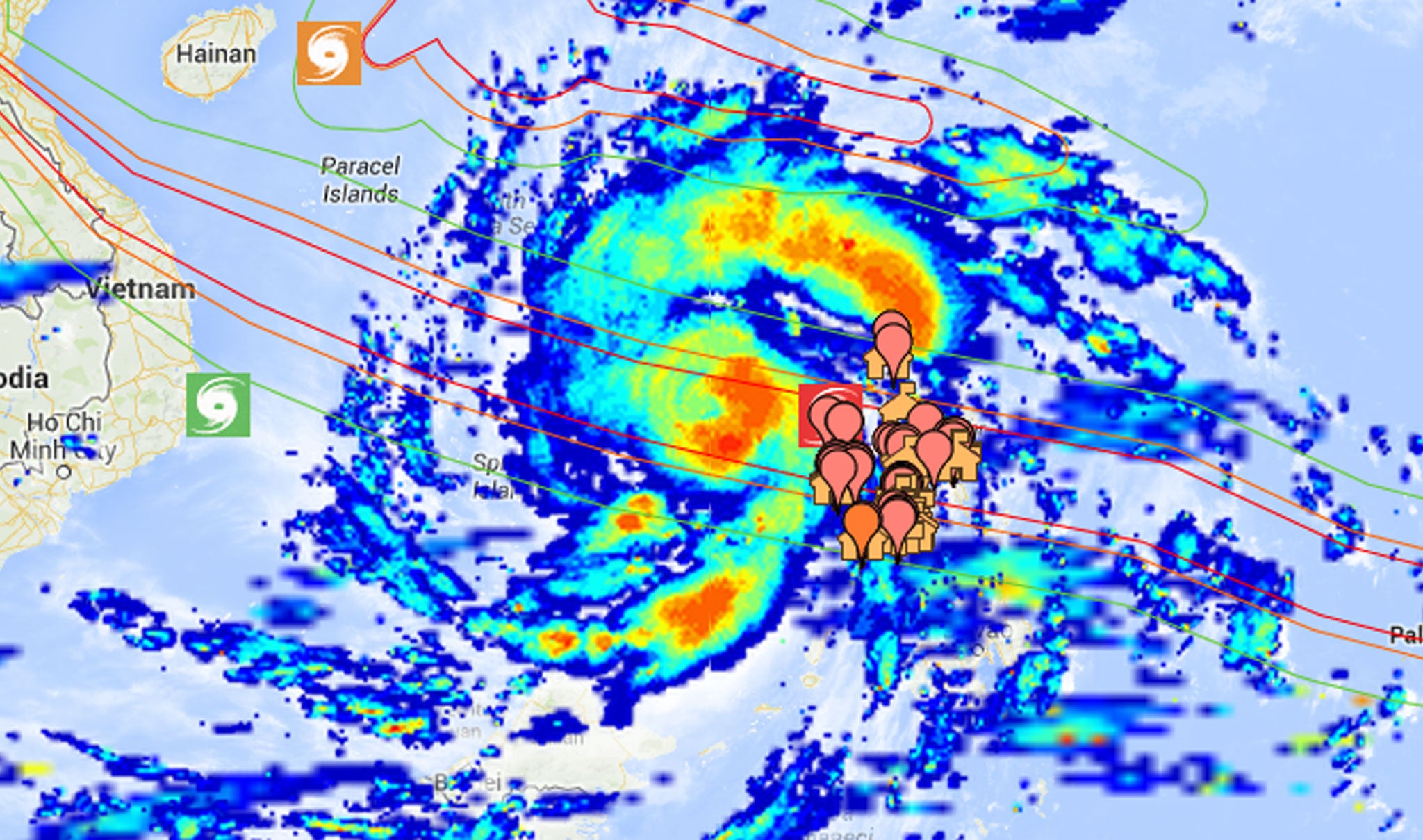Your support helps us to tell the story
From reproductive rights to climate change to Big Tech, The Independent is on the ground when the story is developing. Whether it's investigating the financials of Elon Musk's pro-Trump PAC or producing our latest documentary, 'The A Word', which shines a light on the American women fighting for reproductive rights, we know how important it is to parse out the facts from the messaging.
At such a critical moment in US history, we need reporters on the ground. Your donation allows us to keep sending journalists to speak to both sides of the story.
The Independent is trusted by Americans across the entire political spectrum. And unlike many other quality news outlets, we choose not to lock Americans out of our reporting and analysis with paywalls. We believe quality journalism should be available to everyone, paid for by those who can afford it.
Your support makes all the difference.Google has created an interactive crisis response map detailing the exact path Typhoon Haiyan is expected to cut through the Philippines and where wind speeds are likely to be at their highest.
The map, which can accessed above or found directly by clicking here, also explains where those caught in the middle of the super-storm can find local evacuation shelters, command posts and medical centres.
Updated roughly every 10 minutes, the tool employs a heat-map style design to map the path of the storm, as well as detail the expected rainfall levels, landslide and flood-prone areas and other zones where the storm could cause particularly extensive damage or loss of life.
Typhoon Haiyan is likely to be one of the most powerful storms ever recorded, battering the central Philippines with sustained winds of nearly 200MPH.
Estimated wind speeds at the point of landfall were 149MPH - 24mph stronger than those of Hurricane Katrina - one of the deadliest storms in history which killed at least 1,833 people and caused billions of dollars’ worth of damage.
The category five super-typhoon has already forced thousands to flee their homes, and there are reports that four people have already died.

Join our commenting forum
Join thought-provoking conversations, follow other Independent readers and see their replies
Comments